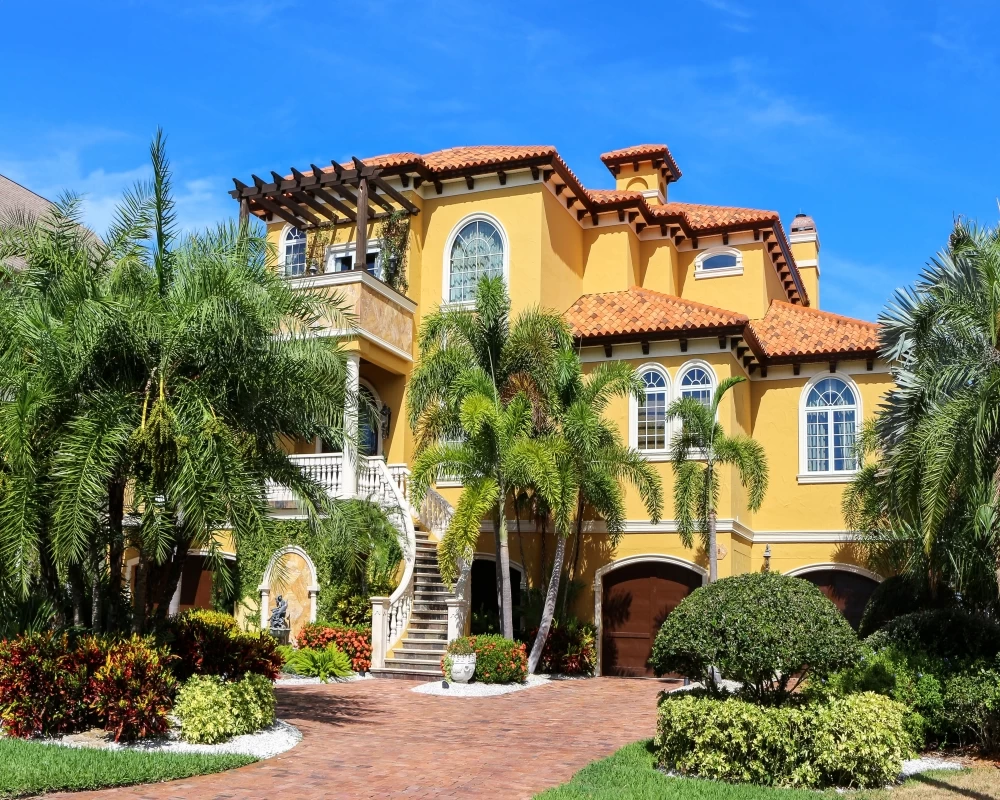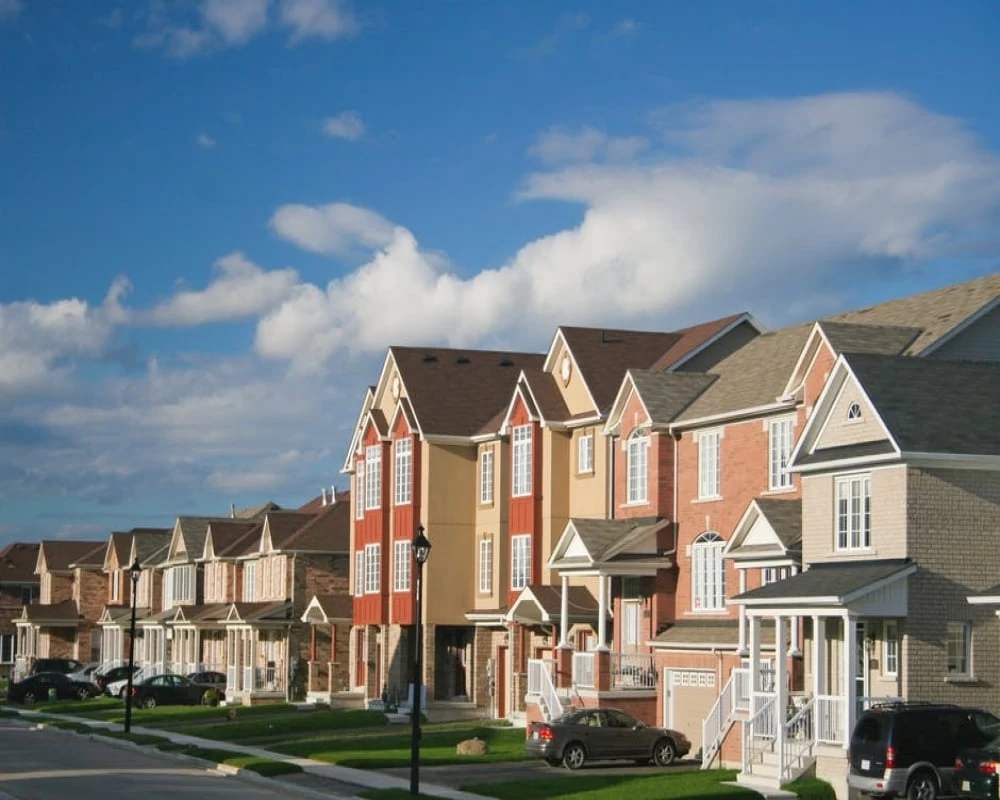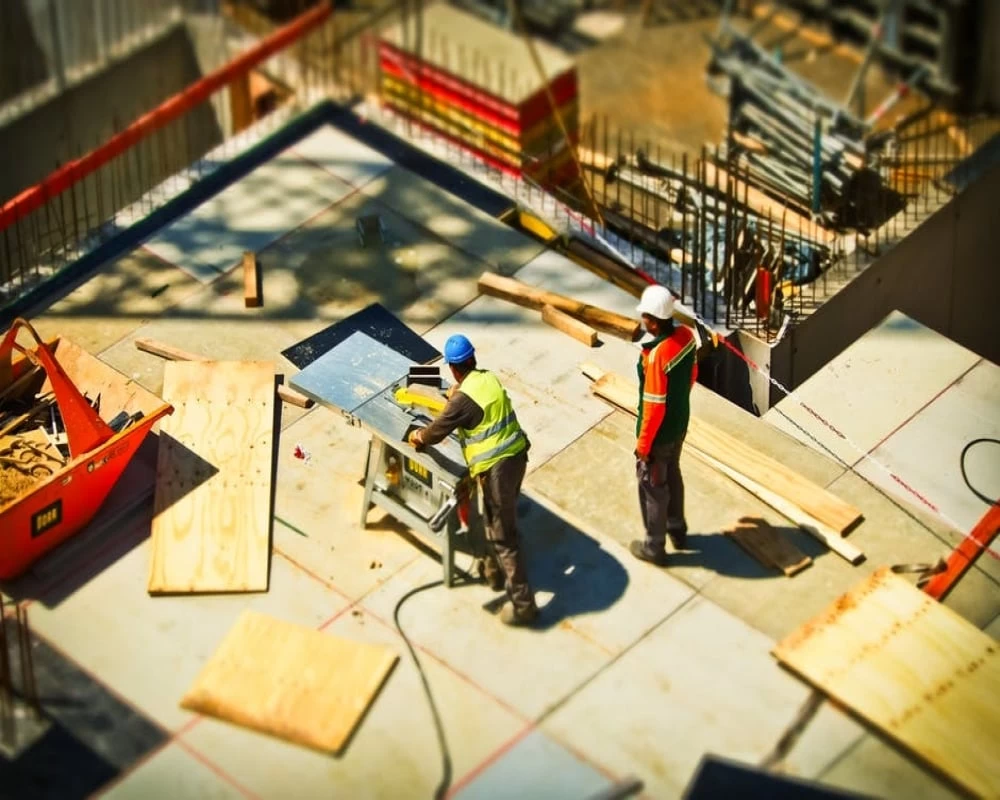5 Inexpensive Home Improvement Tips To Improve Your Homes Value

Depending on your home's value, your market and comps in your neighborhood, you could consider making renovations in your home before listing. In a place like New York, however, where houses are being snapped up fast and prices are over the roof, renovating your house for sale might be a crazy idea. But in suburbs with high inventory, your house needs to measure up.
When selling, you wouldn't be looking through the same eyeglasses as a new homeowner. Your calculations and priorities will be much different. The most important thing when you have to consider value is return on investment. What renovations will make my house sell fast and at the same time give good return on investment? Before you embark on gutting your circa 1990 kitchen, the first thing you might need to do is consult an experienced realtor who knows what works best in your particular neighborhood.
You might find out that minor cosmetic upgrades will get more buyers through the door. And yea, the door is important. Instead of spending money on pricey renovations like adding a deck or basement revamp, Remodeling magazine’s 2015 Cost vs. Value Report says that replacing your existing front door with a new steel door will net you a 101.8% ROI for a minimal replacement cost of $1,230. Knowing which areas to spend on will help save you a lot of money when making renovations. Let's look at five low-cost ways to increase your home's value.
Inexpensive Home Improvement Tips to Improve Your Home’s Value
1. Consider curb appeal. Nothing says 'welcome to this lovely house' to a prospective buyer as a nicely mowed lawn, a few shrubs here and there and a well-swept walkway. The first impression buyers have as they drive to your home is truly important. So, it's necessary you set the stage right. Hiring a good landscaper will be worth the money. Not only will your home appeal to prospective buyers, your neighbor would also love the effort.
2. Have a cohesive kitchen. Kitchen plays a big role in home improvement. Many Realtors call it the heart of the home. Indeed it is; since an average American homeowner spends at least 37 minutes daily in the kitchen. Sprucing up your kitchen demands that you create the impression of a clean and updated kitchen. One way to achieve this impression is creating cohesiveness, especially with color. Mix and match kitchens are not the best. If your kitchen appliances don't match, consider ordering new doors, e.g new cabinet doors or face panels for them.
3. Work on your bathroom. Next to the kitchen, bathrooms are important to potential home buyers. You can make a difference in your bathroom at a low cost by adding new toilet seat and a pedestal sink. These are also pretty easy for homeowners to install on their own. One thing you may not be able to do on your own but which will add value to your bathroom is replacing an old, discolored, bathroom floor with vinyl tiles. Bright, energy efficient lighting will also improve your bathroom's appeal.
4. Update closets. Cramped storage spaces are not attractive to potential buyers. You can step up your storage by adding a do-it-yourself wire and laminate system to bedrooms and pantries.
5. Check the mechanics. Having a minor inspection and working on existing faults in your home like faulty outlets, loose wires and water leaks give the impression that someone has really taken care of the home.




